
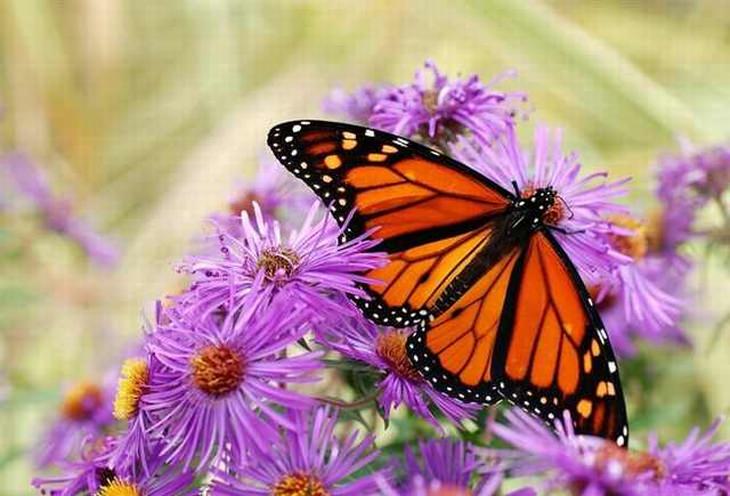
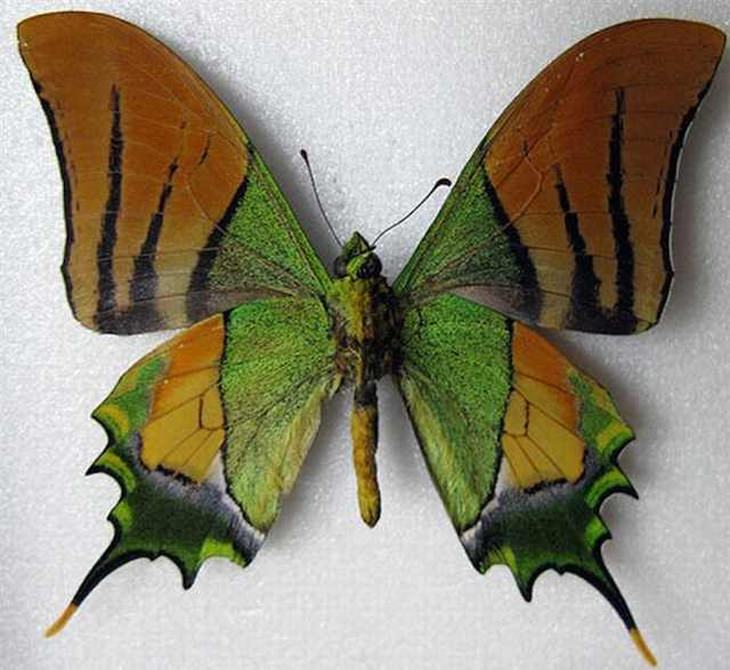
Found in China and Vietnam, the Golden Kaiser-i-Hind (Teinopalpus aureus) is considered an endangered species, and is quite threatened by the wildlife trade, despite being protected by Chinese law.
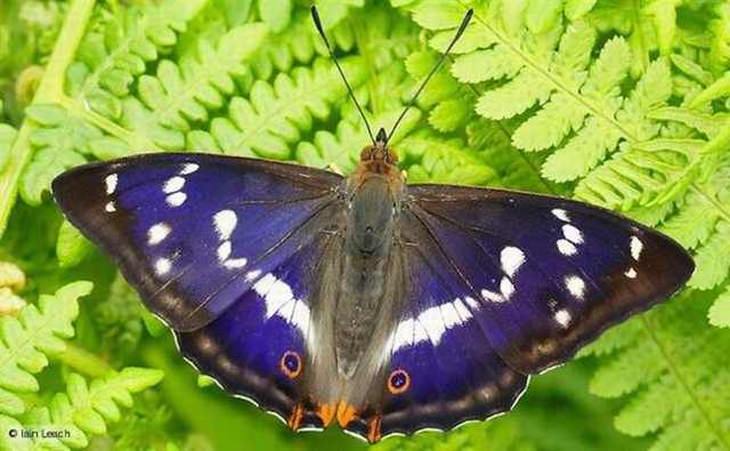

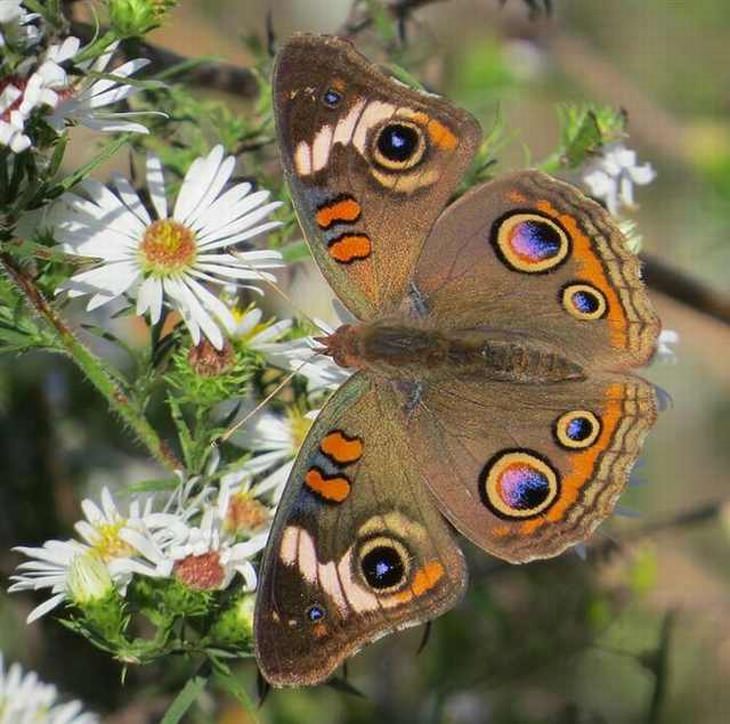
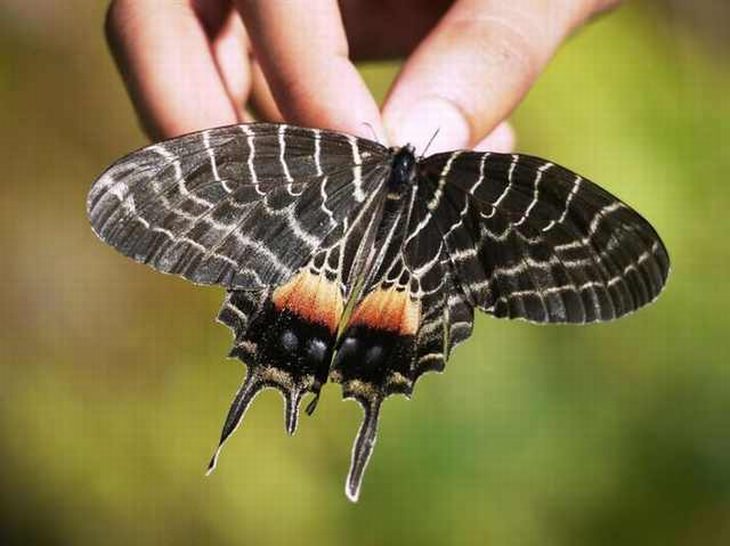
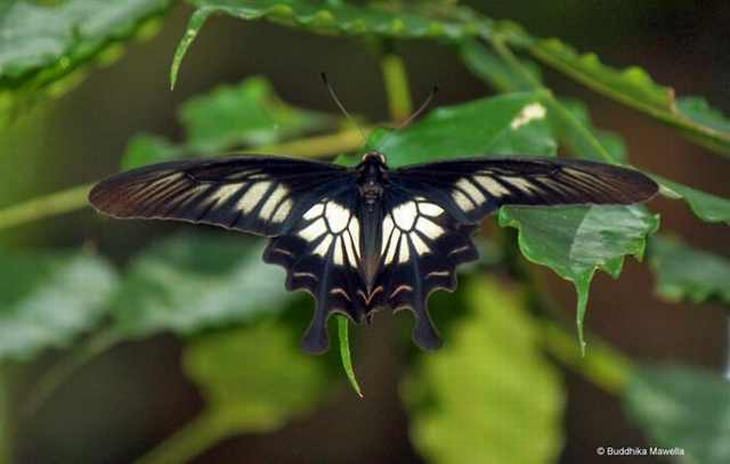
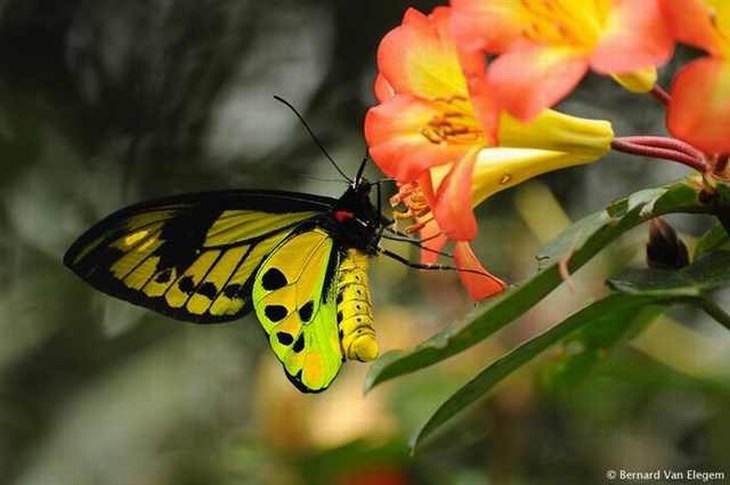
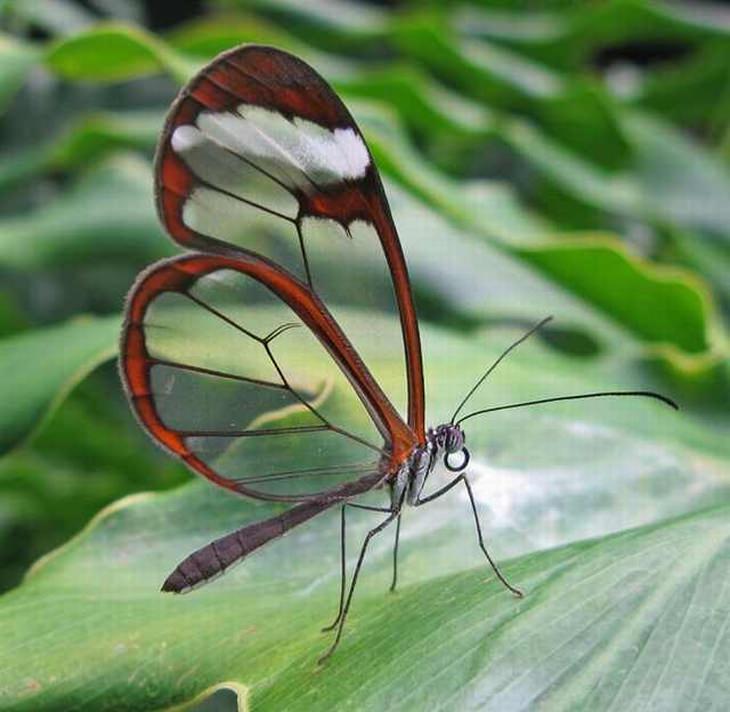
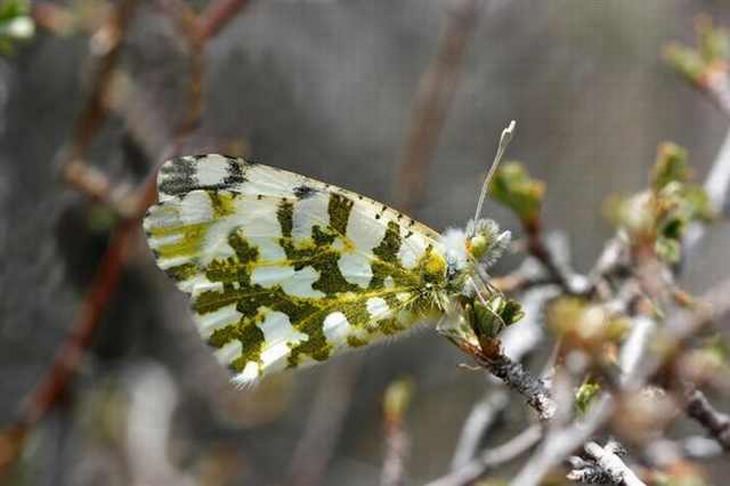
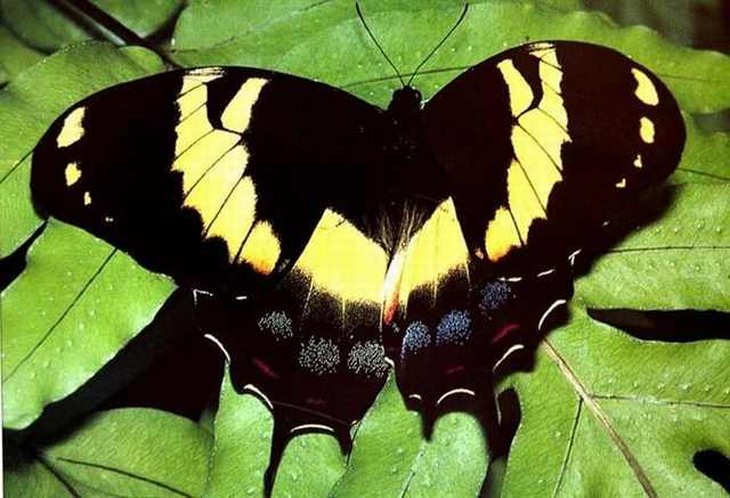
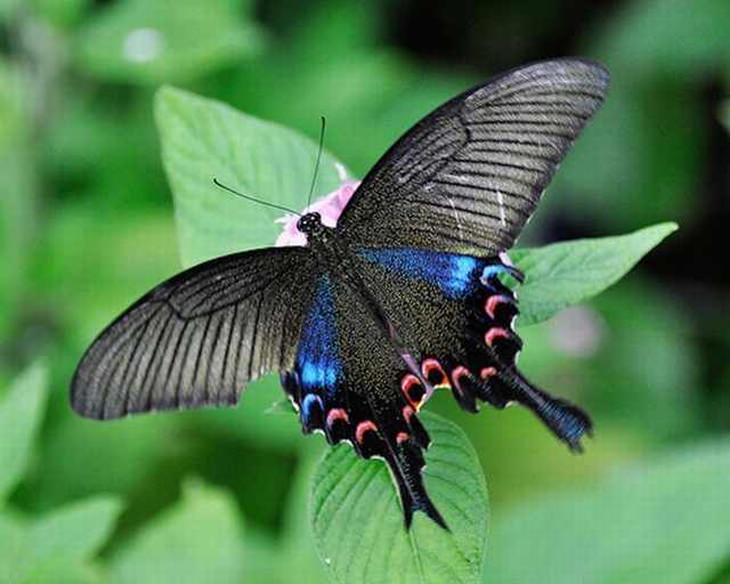

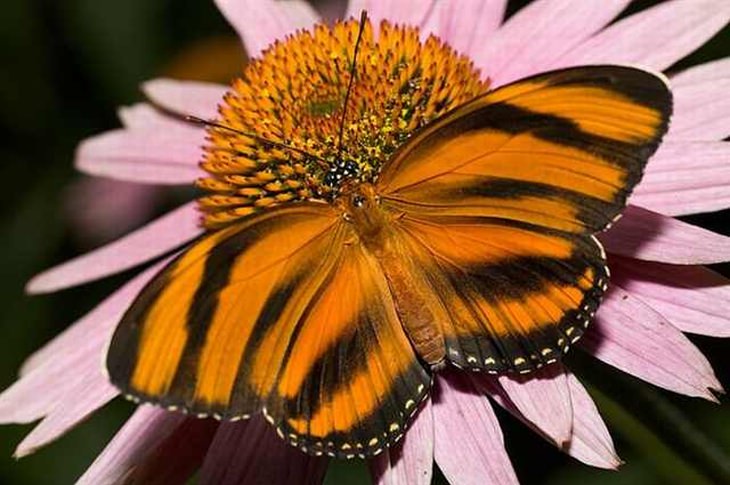
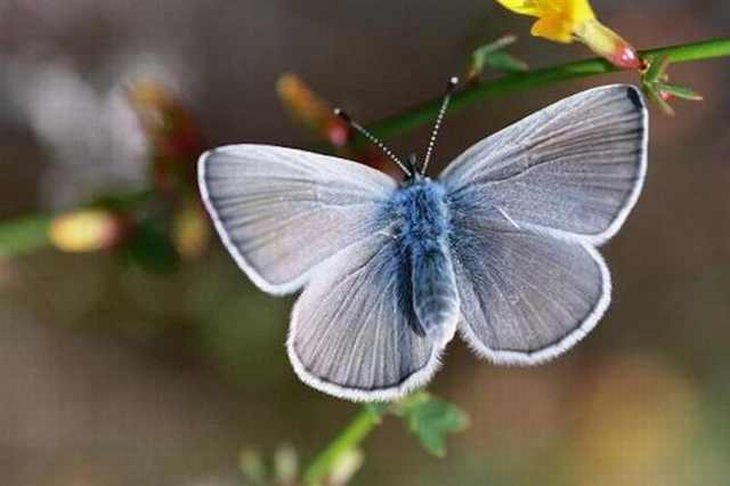
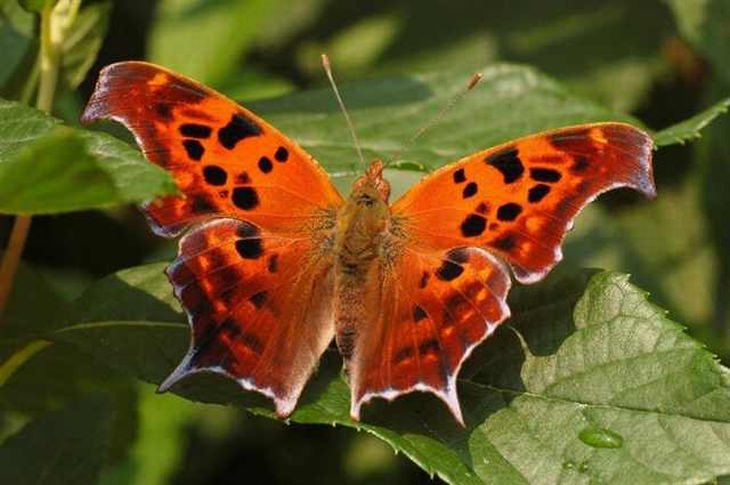
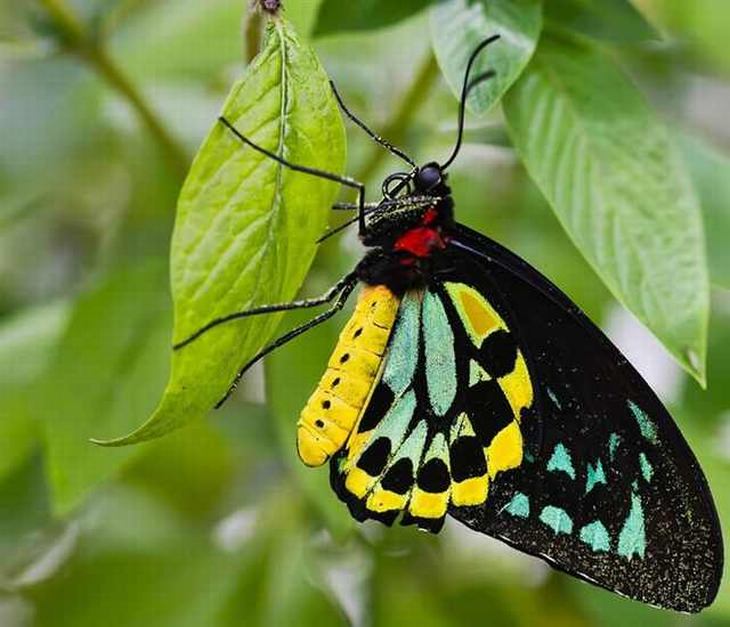
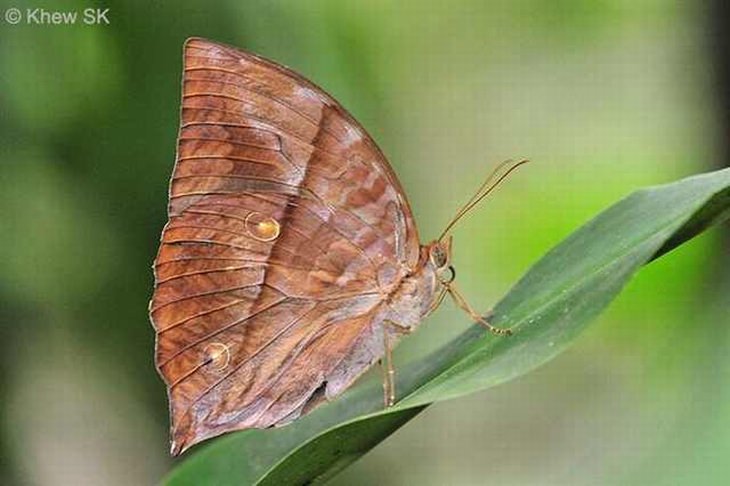
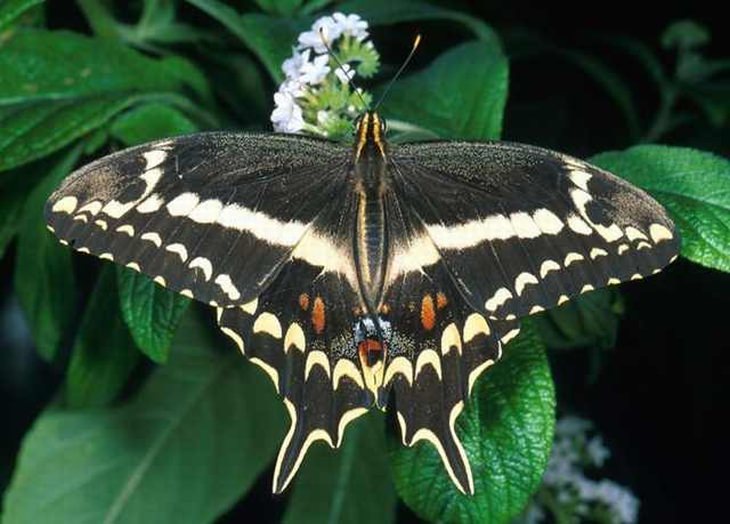
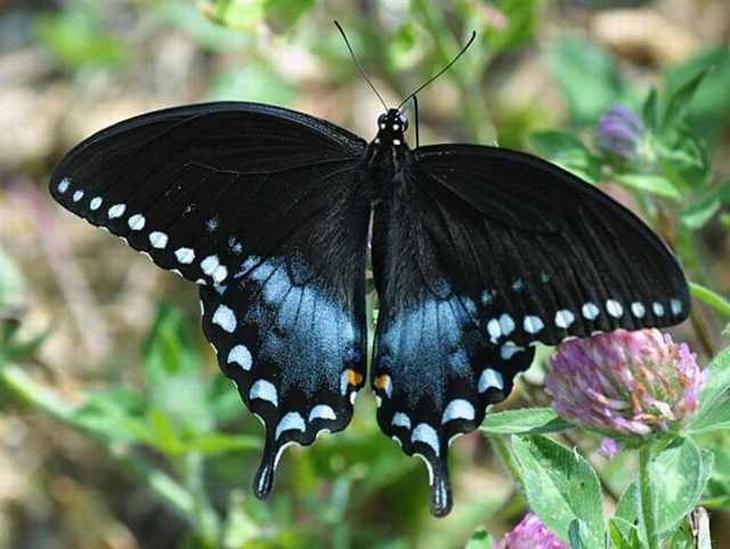
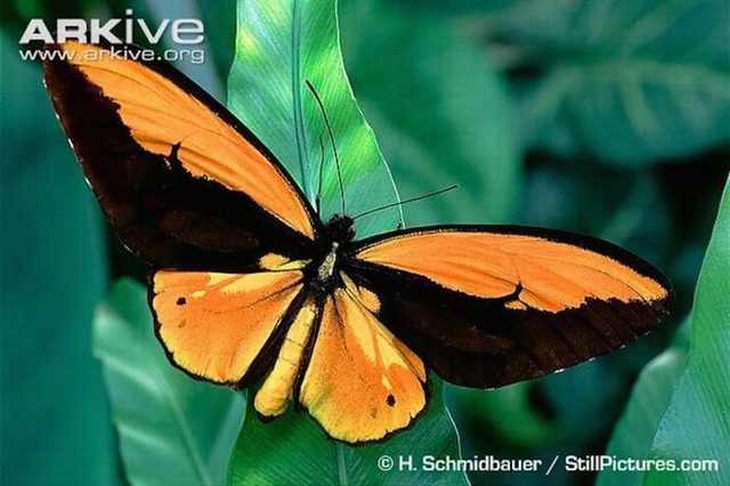
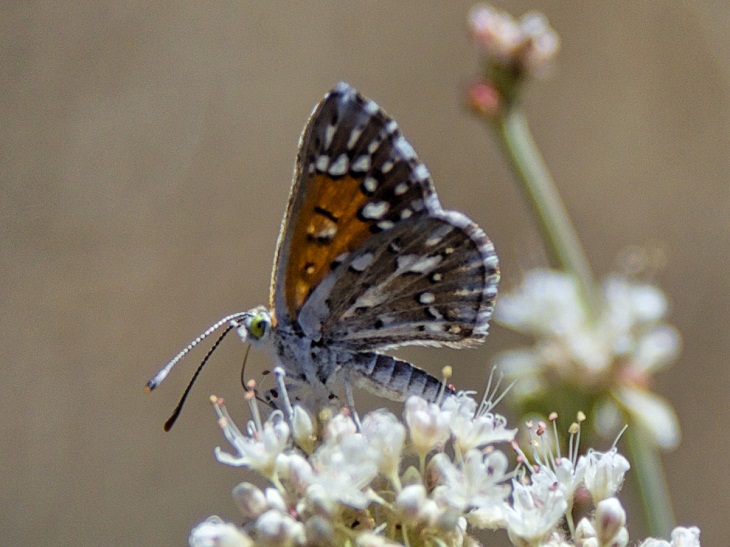
Image source: Wikimedia Commons
The Lange’s metalmark (Apodemia mormo langei) is currently found only in the Antioch Sand Dunes in California. Originally discovered in 1933, these beautiful and fragile butterflies live only on buckwheat leaves and only in sandy areas along the southern bank of the Sacramento River. Loss of habitat has badly disrupted their population.
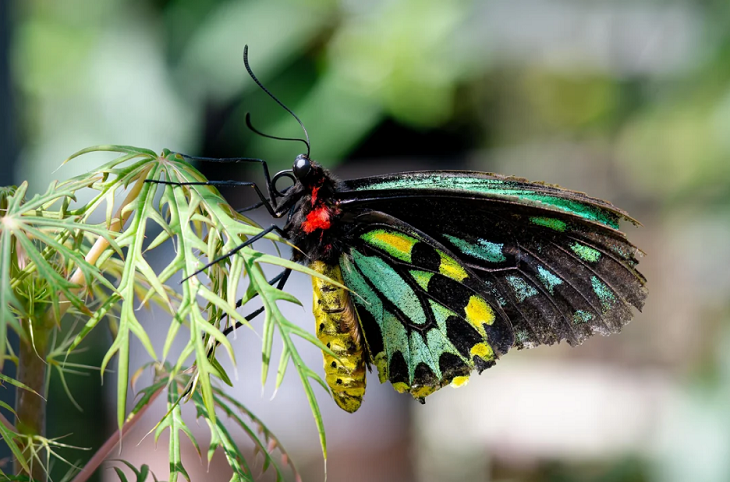
Image source: Reddit
Boasting a wingspan of around 27 centimeters (11 inches), the Queen Alexandra's birdwing (Ornithoptera alexandrae) is the largest butterfly in the world,. It is found in the forests of the Oro Province in eastern Papua New Guinea and has been a victim of habitat destruction. The species was named after Queen Alexandra of Denmark in 1906.
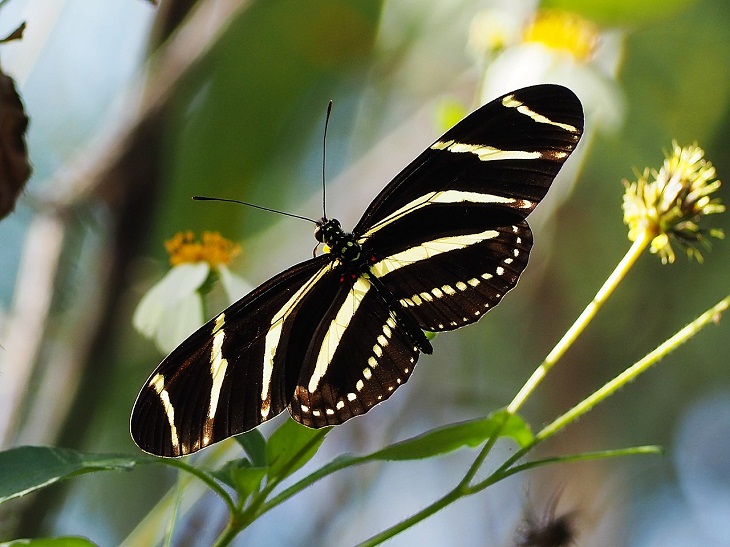
Image source: Wikimedia Commons
The amazing Zebra longwing (Heliconius charithonia) has long, narrow, black wings with light yellow zebra-like stripes. It is a Neotropical butterfly that can be found across South and Central America, Texas, Florida, and beyond. Their distinctive stripes serve as a deterrent to predators.
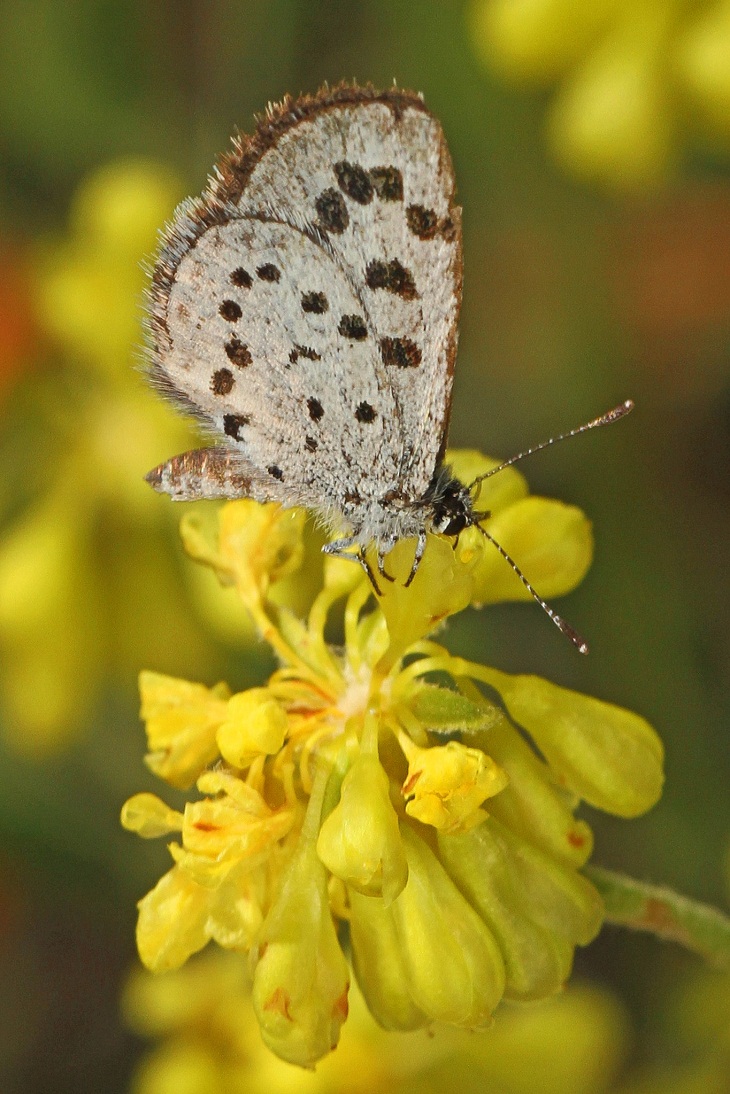
Image source: Wikimedia Commons
First discovered in 1995 by Leona and Harold Rice in Klamath County, Oregon, Leona’s Little Blue butterfly (Philotiella leona) eats only buckwheat nectar and lays its eggs on buckwheat leaves. It lives only within six square miles of Klamath County. There are currently between 1,000 and 2,000 Leona's Little Blues in this particular colony, according to estimates.
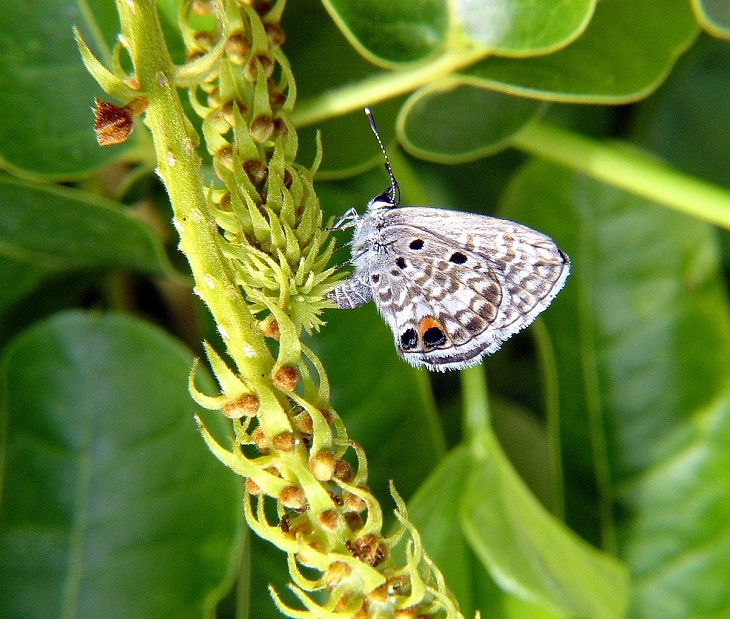
Image source: Wikimedia Commons
Native to southern Florida, the Miami blue (Cyclargus thomasi bethunebakeri) was once quite common, but its numbers have dwindled significantly over the years. In fact, their population was nearly wiped out completely by Hurricane Andrew in 1992. The species was not seen again until 1999, when a photographer discovered 35 specimens scattered throughout the Marquesas Keys in Key West National Wildlife Refuge.
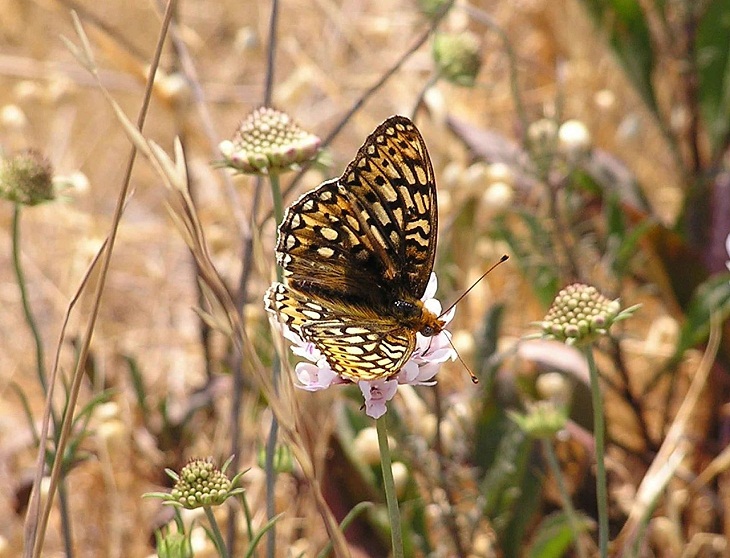
Image source: Wikimedia Commons
The Callippe silverspot (Speyeria callippe callippe) was once found around the eastern, southern, and western sides of San Francisco Bay. Unfortunately, its numbers are now limited to just seven cities, primarily San Francisco, Oakland, and Berkeley. The population of this medium-sized butterfly has collapsed as a result of the demise of its sole host plant, the Johnny Jump-up.
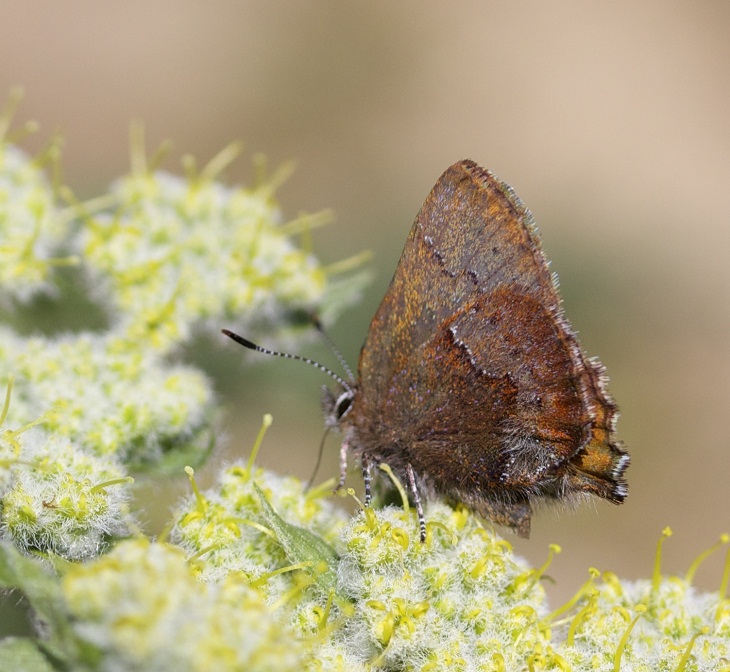
Image source: Wikimedia Commons
The San Bruno elfin (Calophrys mossii bayensis) is an endangered butterfly found only in three locations around San Francisco Bay, California: Milagra Ridge (San Mateo County), San Bruno Mountain (San Mateo County), and Montara Mountain (San Mateo County). Their population has been estimated at 1,000 or more adults in 15 subpopulations. The San Bruno elfin lives on rocky outcrops and cliffs and feeds exclusively on the leaves of its host plant, the broadleaf stonecrop.
Related: 18 Before and After Photos of Caterpillars and Butterflies
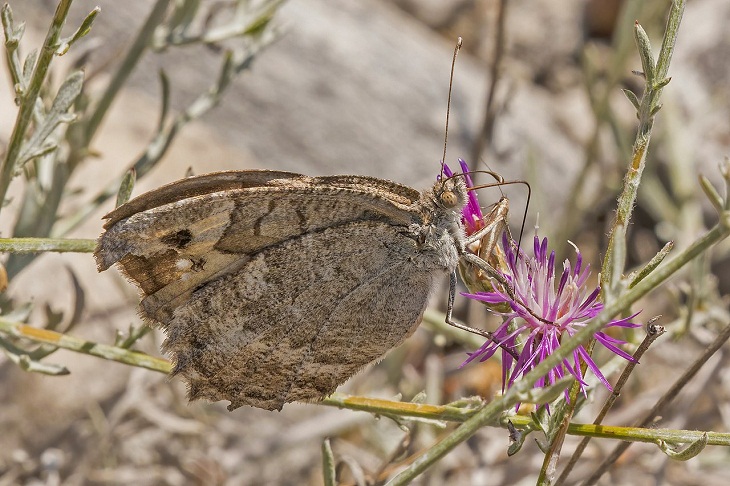
Image source: Wikimedia Commons
The Macedonian grayling (Pseudochazara cingovskii) is a rare European butterfly that’s listed as a critically endangered species on the IUCN Red List. Its present population is unstable and declining, with only around 3,000 adults living in the Macedonian hamlet of Pletvar. Its numbers have taken a hit because of quarrying in the area. Unfortunately, five of the seven locations where Macedonian Graylings are known to live are close to a working marble quarry.
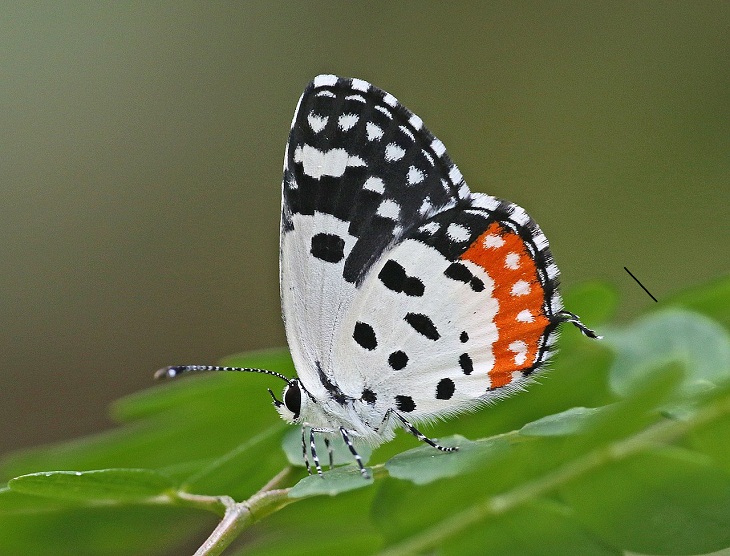
Image source: Wikimedia Commons
A small but striking butterfly, the Red Pierrot (Talicada nyseus) is found in peninsular India, the hilly regions of northeast India, and northern Myanmar. Pierrots are weak fliers and usually fly in short bursts very close to the ground. This beautiful butterfly faces the problems of habitat loss and climate change.
Image source: Wikimedia Commons
The endangered Florida leafwing (Anaea troglodyta floridalis) is native to the pine rockland habitat of South Florida. When at rest, the dark or gray underside of its lower wings gives this butterfly the appearance of a dead leaf. Leafwings were once abundant throughout Miami-Dade and Monroe counties, but now they only inhabit Everglades National Park. The specific causes of its population loss are unknown, but scientists assume that habitat damage, nonnative species introduction, pesticide usage, and butterfly collection are to blame.
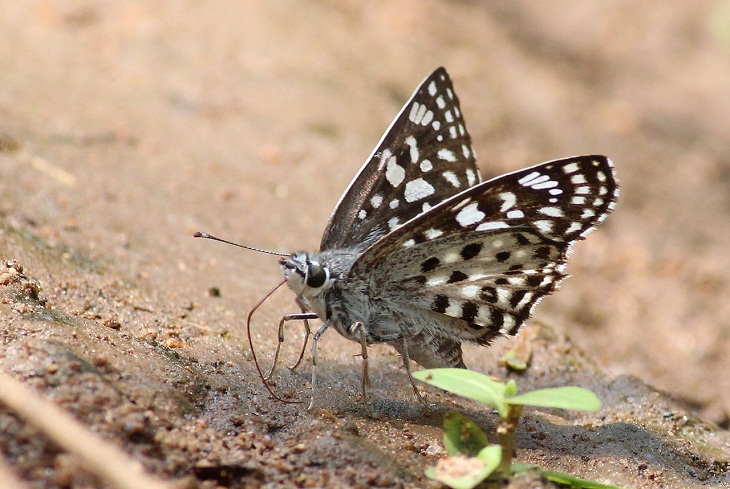
Image source: Wikimedia Commons
The Spotted Angle butterfly (Caprona agama) is found from southern India to Burma and in Thailand, Laos, Vietnam, southern China, Java, and Sulawesi. Frederic Moore (a British entomologist and artist) described the species for the first time in 1857. The rare butterfly belongs to the family Hesperiidae.
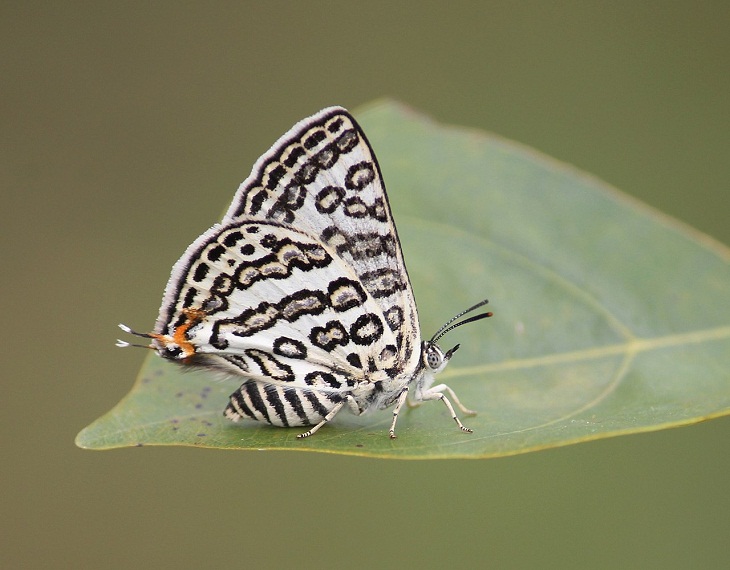
Image source: Wikimedia Commons
The rare Lilac Silverline (Cigaritis lilacinus) is found in India, Myanmar, and Thailand. It was thought to have been extinct in India for over 120 years before it was rediscovered in 2012 in the Hessarghatta Lake area of Bangalore. This species is legally protected in India under Schedule II of the Wildlife (Protection) Act, 1972. It appears that the traversal of a large number of vehicles indiscriminately across Hesaraghatta Lake is destroying its host plant.

Image source: Wikimedia Commons
Only a small portion of North Carolina's Crystal Coast, notably the area between Fort Macon State Park and Hammocks Beach State Park, is home to the Crystal skipper (Atrytonopsis quinteri). Initially, it was thought to be a variation of the Loammi skipper (A. loammi), but scientists later identified it as its own species in 2015. Researchers have said that preserving and restoring the Crystal Skipper’s host and nectar plants, the seaside little bluestem, will be critical in ensuring their population remains stable.
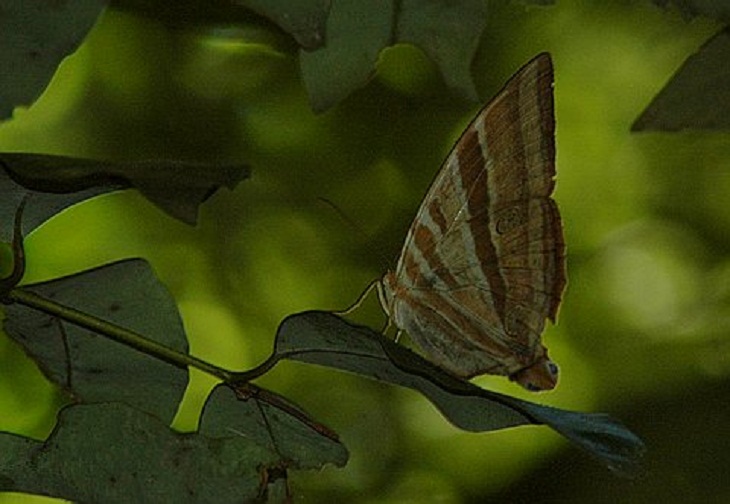
Image source: Wikimedia Commons
The rare and endangered Palmking (Amathusia phidippus), characterized by a brown color and dark bands, can be found in India and Southeast Asia. It was first recorded in South India by British scientist H.S. Ferguson in 1891. Palmking belongs to the Nymphalidae subfamily and feeds on palm, coconut, and calamus varieties of plants. Spotting this butterfly isn’t easy, as its wood color makes for easy camouflage. Moreover, it rarely spreads its wings.

Image source: Wikimedia Commons
The Redbreast (Papilio Alcmenor) is a species of swallowtail butterfly found in South Asia. This rare beauty was spotted for the first time in 110 years in the western parts of the Himalayas in October 2022. It's recognized by its bluish-black color with broad red stripes.
The rare species is legally protected in India under Schedule II of the Wildlife (Protection) Act, 1972.

Image source: Wikimedia Commons
The Emerald aguna (Aguna claxon) is a dicot skipper in the butterfly family Hesperiidae. It is found in Central America, North America, and South America. Its hindwing's underside features a silver-white median bar, while its forewing features a white median bar. Emerald agunas thrive in subtropical regions and feed on flower nectar.
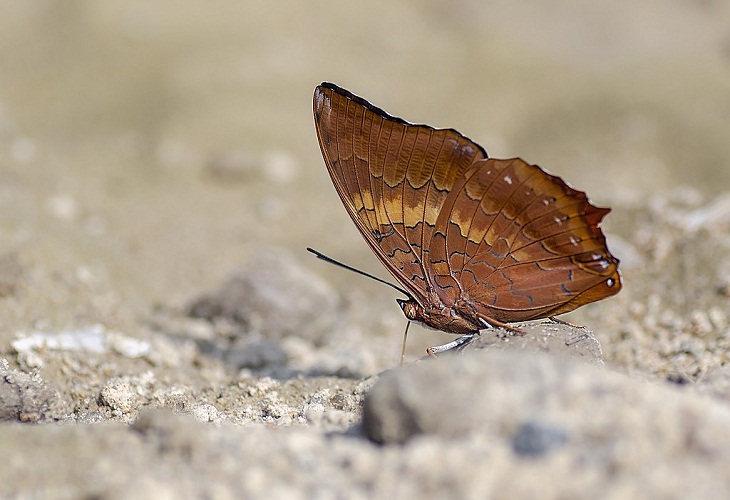
Image source: Wikimedia Commons
A rare butterfly from the Leafwings subfamily of the Nymphalidae, the Plain Tawny Rajah (Charaxes psaphon) is found in South India. It was first described by John Obadiah Westwood in 1847. The plain tawny rajah usually feeds on the fluid from rotten crabs, fish, tree sap, damp patches, and animal dung. It’s a fast-flying butterfly that travels at all levels through the forest.
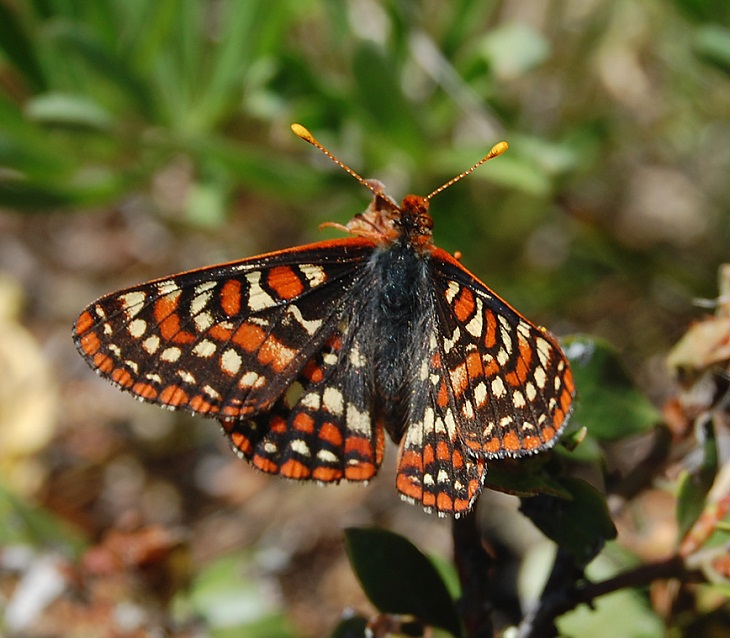
Image source: Wikimedia Commons
The Bay checkerspot (Euphydryas editha bayensis) is native to the San Francisco Bay region of California, USA. Its population size has been extensively studied by researchers since the 1960s. Unfortunately, its numbers have been declining at an alarming pace since the 1980s. Scientists believe that fluctuations in the local climate have probably resulted in the fall of the butterfly’s numbers. A number of habitats are being managed to provide protection for the bay checkerspot butterfly.
The entire population size of the Bay checkerspot has never been measured since the number of butterflies living each year varies substantially.
1. What causes butterflies to be endangered?
As you may have already understood upon reading the article, habitat loss and climate change are the two main reasons that cause butterflies to become endangered. Over the last few decades, excessive use of pesticides, particularly insecticides, has also caused harm to various butterfly species. Overgrazing and roadside mowing are also believed to play a part.
2. How do butterflies affect the environment?
Butterflies are fantastic for your garden since they are drawn to bright flowers and require nectar to survive. When they do this, their bodies gather pollen and transport it to other plants. This helps the production of new seeds in fruits, vegetables, and flowers. From apples to coffee, many food crops depend on butterflies for pollination. Pollination is necessary for 75% of the world's agriculture, according to the Food and Agriculture Organization of the United Nations.
3. What would happen if butterflies disappeared from the world?
Many blooming plants and butterflies are so inextricably intertwined that one cannot exist without the other. If butterflies became extinct tomorrow, these gorgeous plants would struggle to survive. Environmentalists also claim that extinction of butterflies would have a negative impact on many other organisms that feed on butterfly larvae and pupae.
Related Articles (Collections):